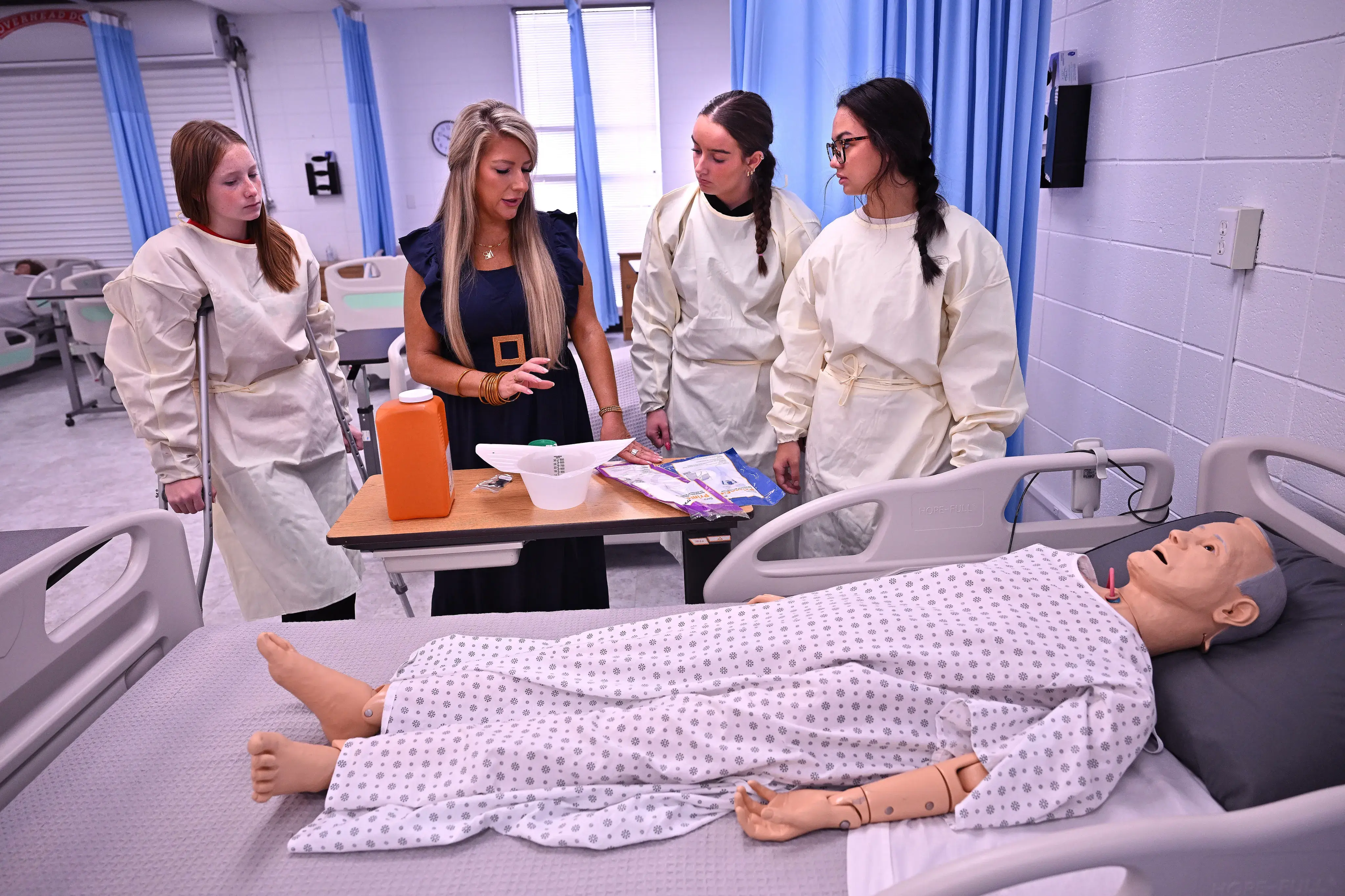
What is the difference between a TIA and a stroke?
You may have a loved one who suffered from a transient ischemic attack (TIA). This is commonly called a “mini-stroke.”
“Really, a TIA is a stroke that almost happened,” said John Pilch, MD, medical director of Pelham Medical Center's Primary Stroke Center. “It is a warning of a stroke.”
A stroke is when blood flow to the brain is cut off. This can either be due to a blood clot blocking the flow—which is called an ischemic stroke—or when a blood vessel bursts and stops the flow—which is called a hemorrhagic stroke.
A TIA is when that blood flow stops for a short period of time, which causes stroke symptoms.
What should I do if I have had a TIA or experience stroke symptoms?
“A TIA should be taken just as seriously as a stroke. You shouldn't treat it any differently than a stroke,” Dr. Pilch said. “If you or a loved one has experienced any stroke symptoms, call an ambulance immediately, even if you feel it may be just a TIA.”
It's important to go to the hospital after a TIA, because more TIAs or a full stroke could occur later.
Providers also stress the value in memorizing this acronym to be alert and conscious of spotting stroke symptoms: BE FAST.
B - Balance: Watch for sudden loss of balance
E - Eyes: Check for vision loss
F – Face: One side of the face is drooping
A – Arm Weakness: One arm is weak, numb or paralyzed
S – Slurred Speech: Speech is slurred or there is a total loss of speech
T – Time: Call 9-1-1 immediately with any of these symptoms
Strokes can happen at any moment, so it is important to control the things that we can to lower our risks and be prepared.












